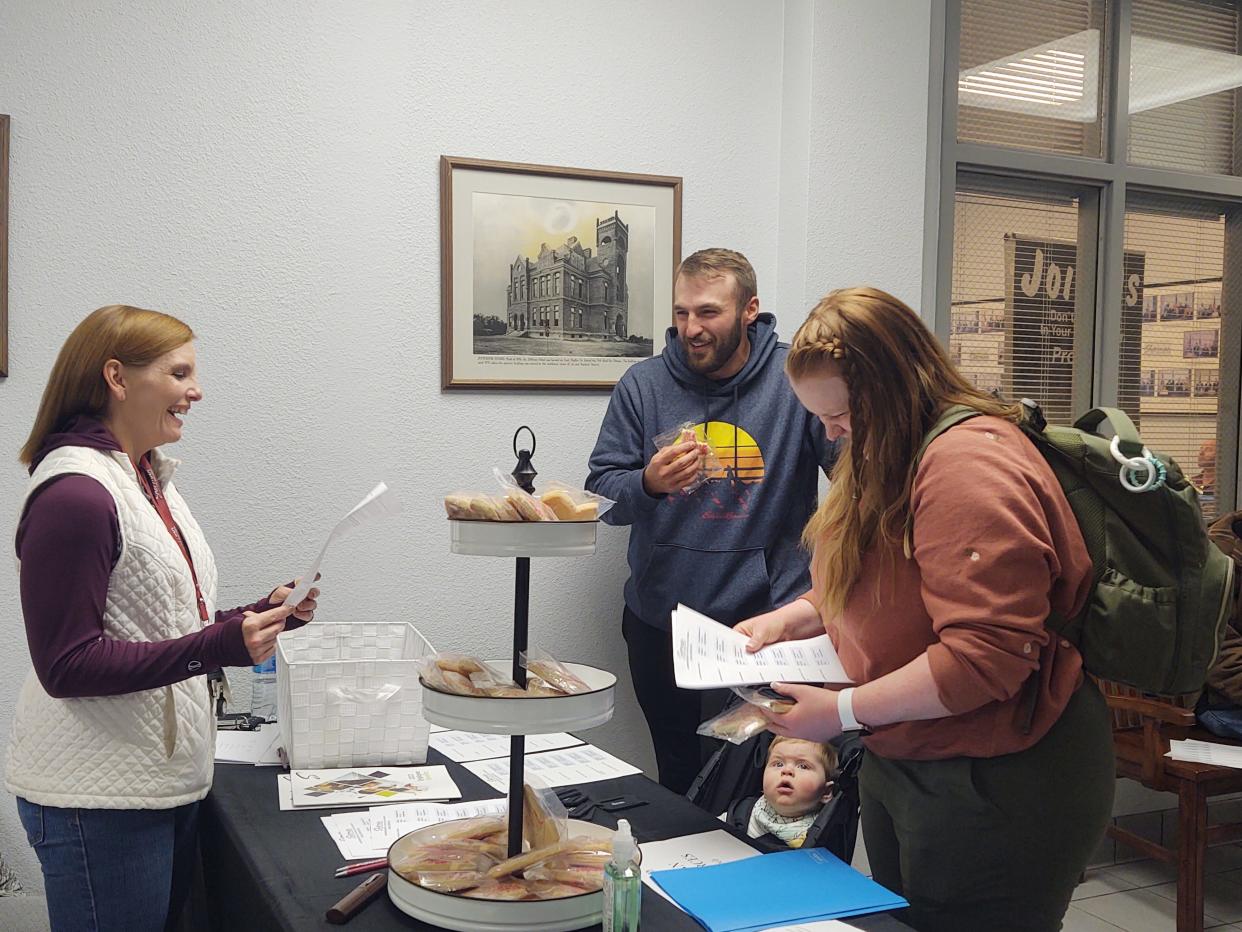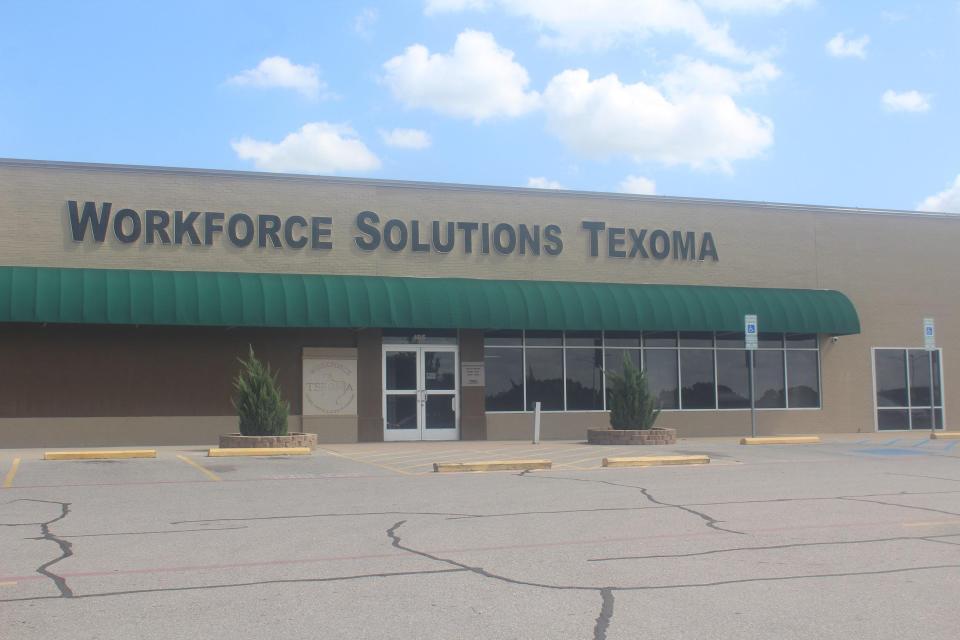Area unemployment sees slight increase after holiday shopping season

The Texoma job market saw a slight jump in January as the holiday and winter shopping seasons drew to a close. In its latest employment report the TWC found that the Sherman-Denison unemployment rate rose from 3.5 percent in December to 4 percent in January.
Area workforce officials said the jump is not unusual for this time of year as retailers and other businesses let go of the employees they hired for the busy shopping season.
"It (the increase) is probably just a combination of factors," Workforce Solutions Texoma Executive Director Janie Bates said. "We are looking at March now, so some of the seasonal people may have finished those jobs, so that is a part of it. There are also just shifts and we can't directly say what trends or fluctuations caused it."
In its report, the TWC noted that these numbers were not adjusted for common seasonal shifts.
Bates said it if fairly common for employers to retain some of these employees to help with inventory, clean up and other tasks and then let them go throughout the month of January.
"You can look at the cars in the town center and see how it drops off after the holidays," she said.

The workforce report also outlined other shifts in the labor market following the holiday season. The number un employed workers dropped by about 500, while the total size of the regional workforce dropped by about 200 to about 66,000 people. Meanwhile, the number of unemployed workers rose by about 300.
Bates noted that despite these losses in the short term, the region has continued to see growth overall in the past year. Since January 2021, the size of the labor pool has grown by about 1,200 workers and about 2,200 more people are working now than a year ago.
"Even though we still have a lot of job openings, we do have more people actually working now," she said. "I think that indicates that the economy is pretty good and we have plenty of jobs being created."
Despite the increase in unemployment for the month, Bates said the region continues to be a jobseeker's market with many employers looking to recruit more workers. This trend can be seen in most industries, but Bates said that it is being felt the most in the service industry and other entry-level jobs and fields.
"If you drive down the parkway, you are going to see many people who have hiring signs up and many restaurants have hiring signs up," she said. "If you've been out to eat lately, you would see restaurants are not at full capacity because they do not have the wait staff to serve all the tables."
The hit to service jobs can likely be attributed to an appetite for new hires in all industries, Bates said. Some employers that would traditionally require training and skills prior to hire are now willing to hire and train on the job.
"If someone else is paying $16 to $17 an hour with set hours and benefits, you can see why someone who was in the service industry may be more enticed by those jobs," she said.
The need for skilled workers is expected to continue as new employers bring more high-skill jobs, including nearly 3,200 new positions that are expected to come from the expansion of Texas Instruments. With that in mind, Bates said she has already seen an influx of people at workforce centers seeking additional training.
"This is the perfect time with all these new businesses coming in with the TI effect and other businesses coming as a result," she said. "If people are out there are coming in with little more than a high school education, and they'd like to have that training, this is the perfect time before they come."
The Sherman-Denison unemployment rate continues to stay below both state and national rates. For January, the state and U.S. unemployment rates stood at 4.8 percent and 4.4 percent, respectively.
This article originally appeared on Herald Democrat: Area unemployment sees slight increase after holiday shopping season

